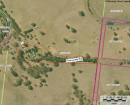OMEO PIONEER QUARTZ CRUSHING MACHINE (GAMBETTA REEF GOLD BATTERY)
410 DRY GULLY ROAD OMEO, EAST GIPPSLAND SHIRE
-
Add to tour
You must log in to do that.
-
Share
-
Shortlist place
You must log in to do that.
- Download report


















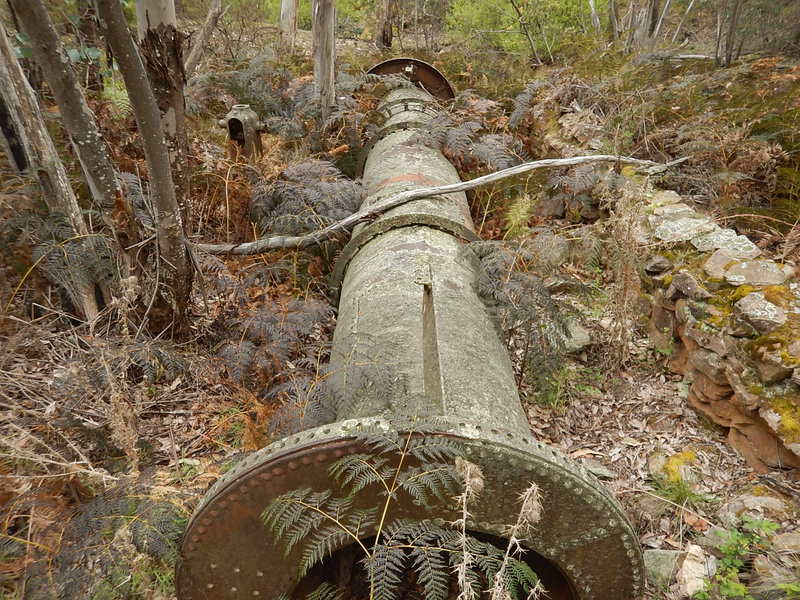
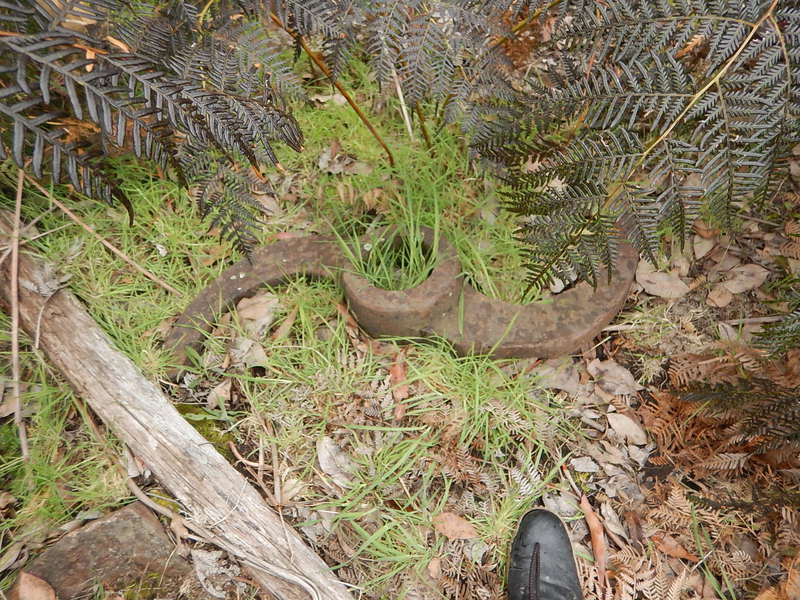
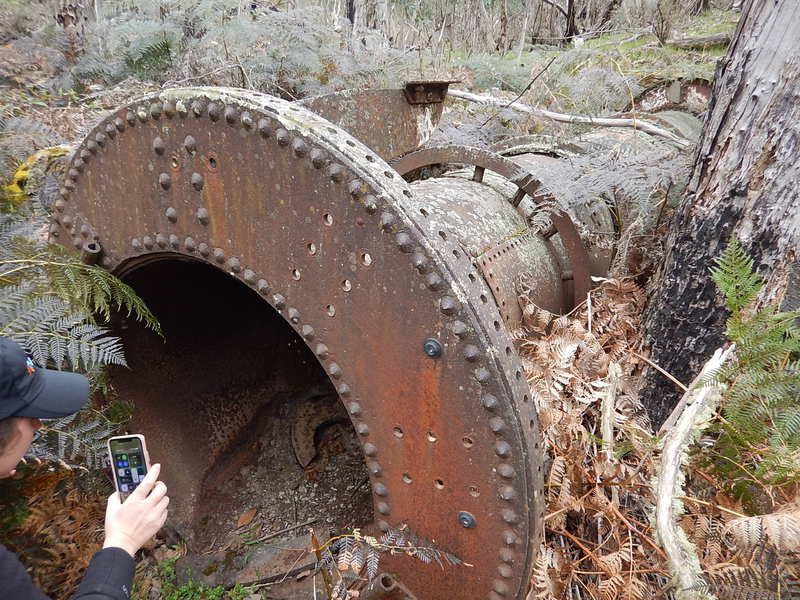


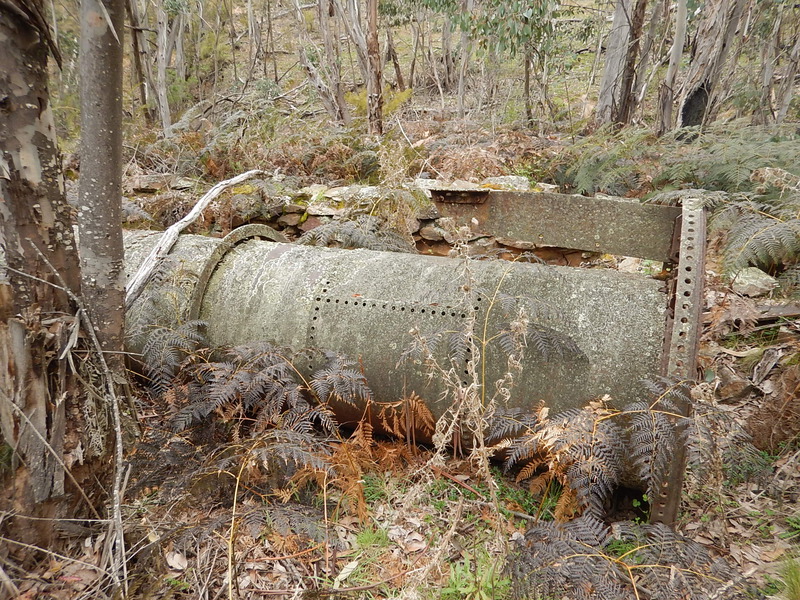

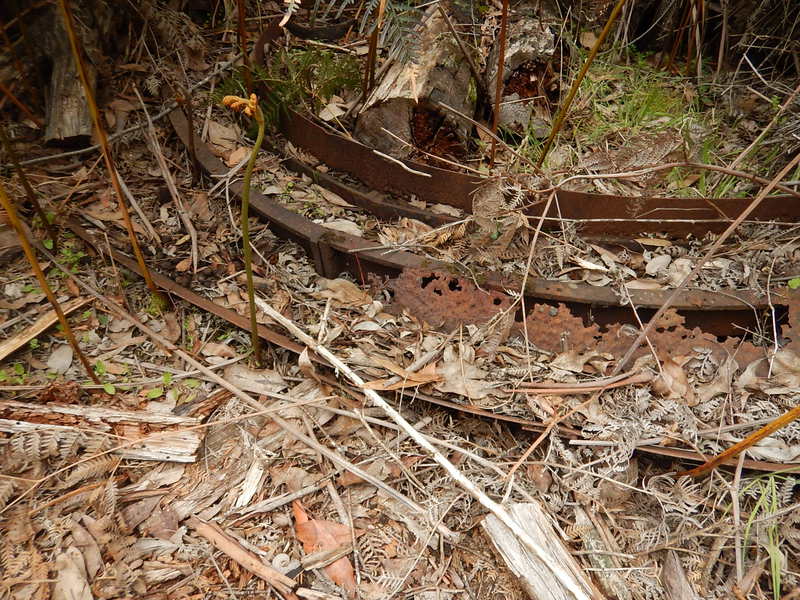
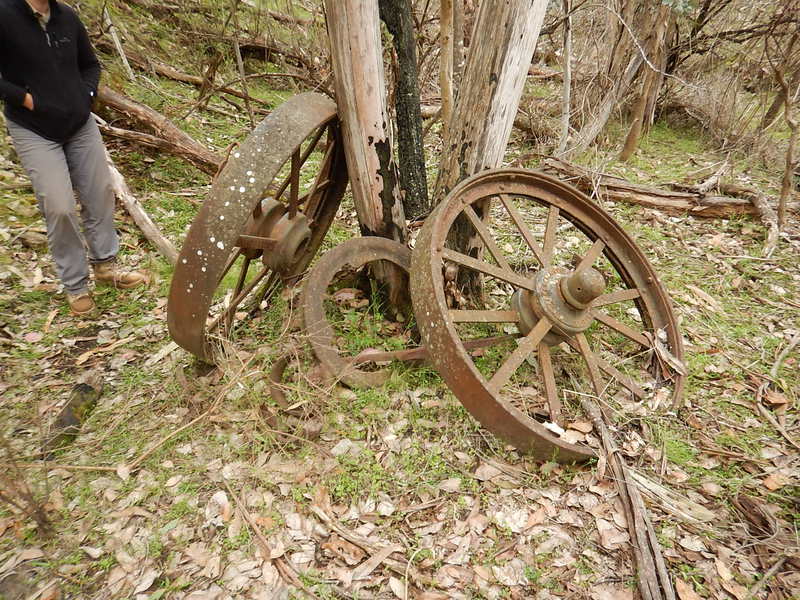


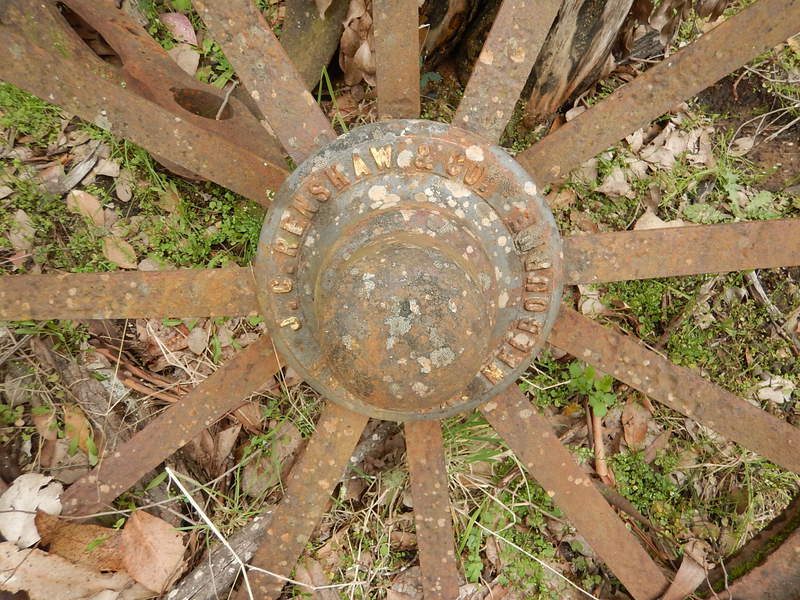
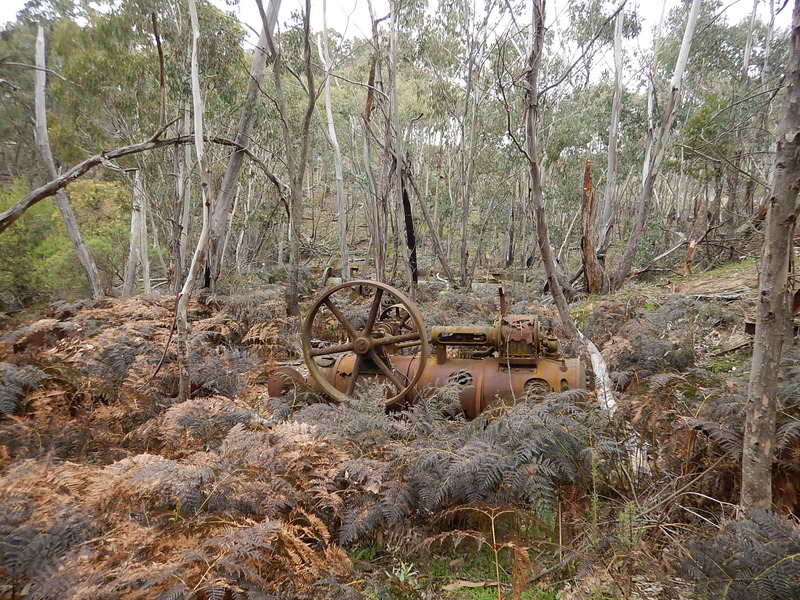
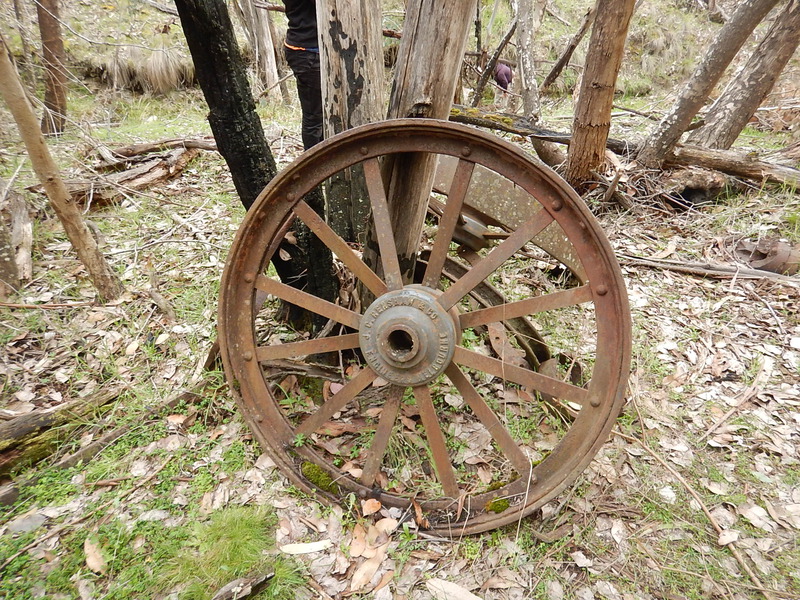
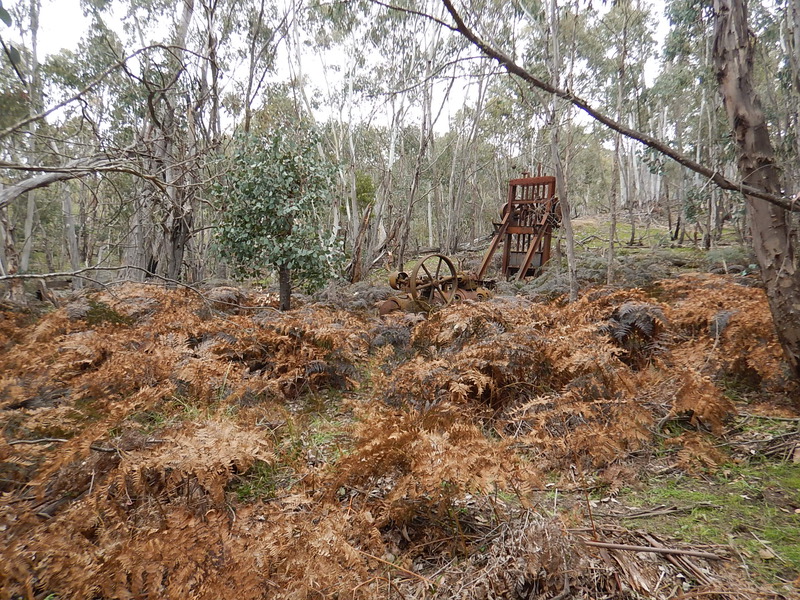
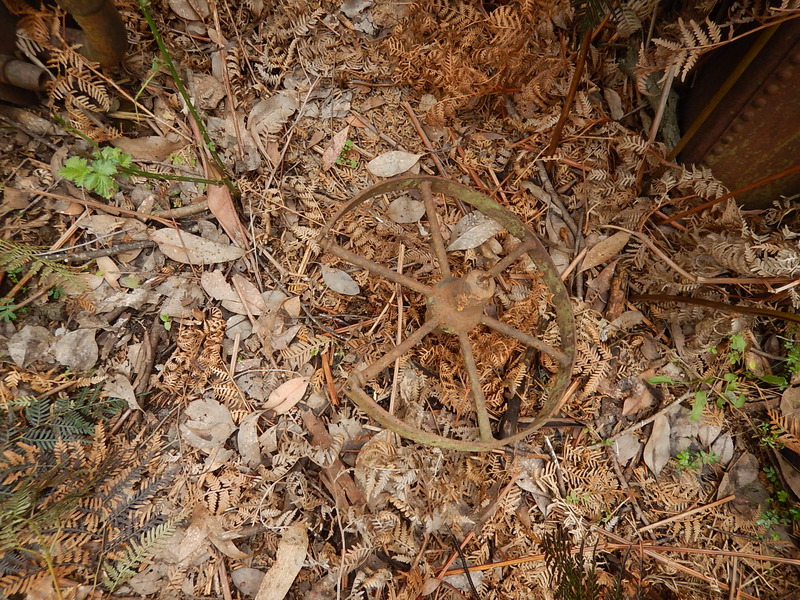
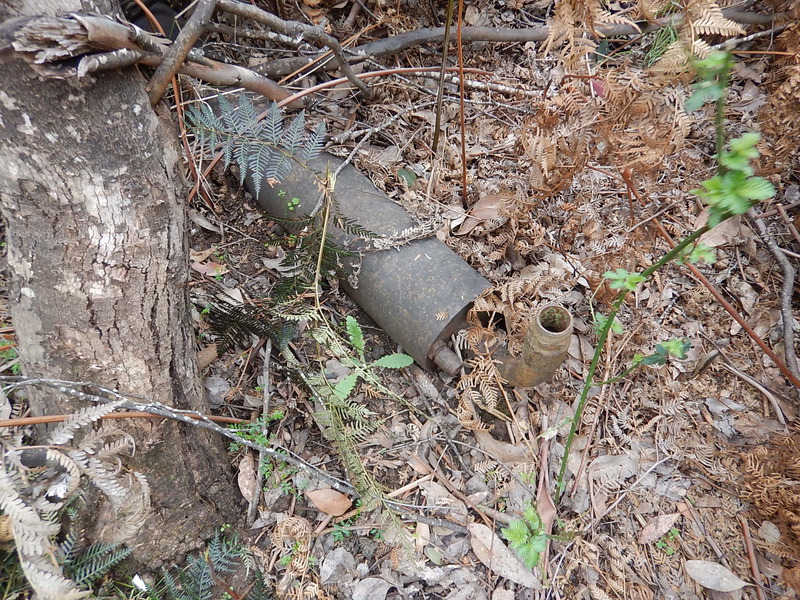
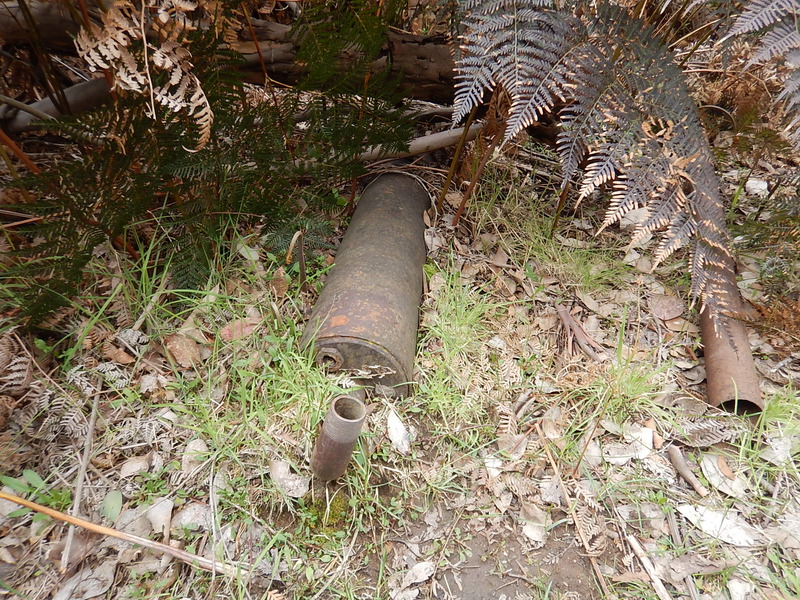
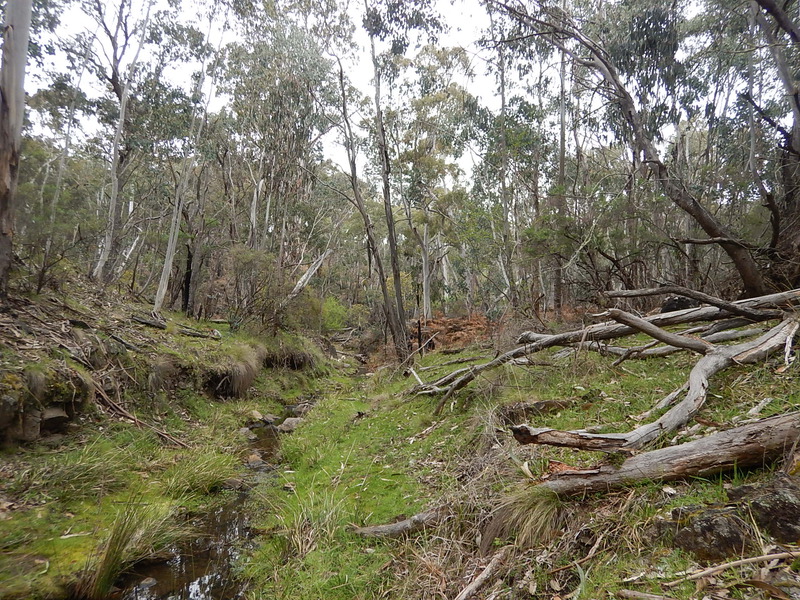
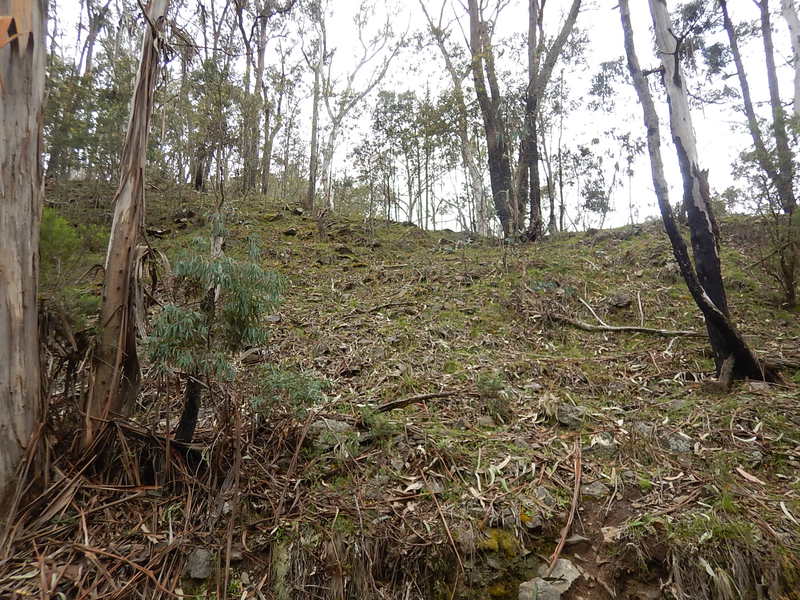
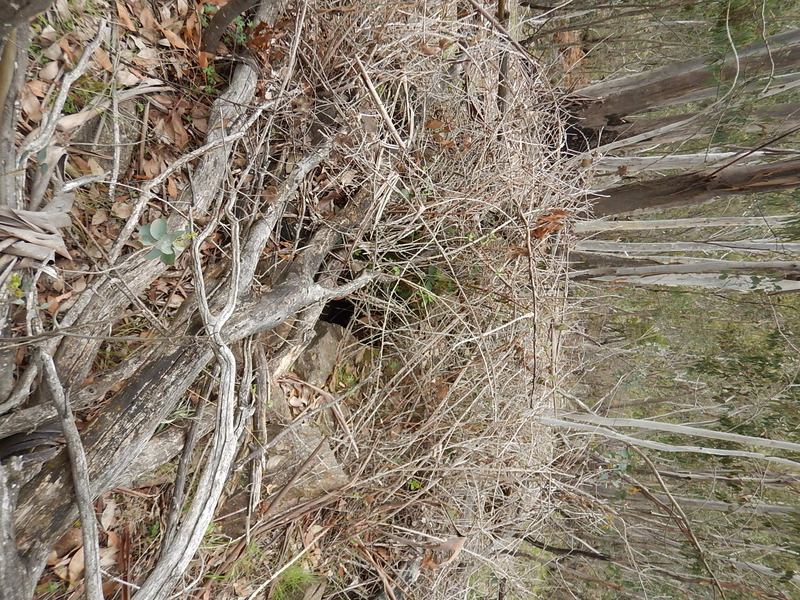
Statement of Significance
5-head iron framed battery, portable steam engine, and various buried
and partly buried piece of machinery. The site also has some relics,
including a Cornish boiler, relating to an earlier phase of battery
installation. The site is obscured by blackberry bushes.
The Gambetta Reef Gold Battery Site is of historical and scientific
importance to the State of Victoria.
The Gambetta Reef Gold Battery Site is historically and
scientifically important as a characteristic and well preserved
example of an important form of gold mining. Although being very close
to Omeo, the machinery has not been significantly scavenged. The
Gambetta Reef battery main period of operation was from 1901-12. Gold
mining sites are of crucial importance for the pivotal role they have
played since 1851 in the development of Victoria. As well as being a
significant producer of Victoria's nineteenth century wealth, with its
intensive use of machinery, played an important role in the
development of Victorian manufacturing industry. The abandoned mining
machinery at the Monarch battery site is historically important for
its evocation of the adventurousness, hardship, and isolation that was
part of mining life in the high country areas of the State.
The Gambetta Reef Gold Battery Site is archaeologically important for
its potential to yield artefacts and evidence which will be able to
provide significant information about the technological history of
gold mining.
Please note the correct name for this place is 'OMEO PIONEER QUARTZ CRUSHING MACHINE'.
[Source: Victorian Heritage Register]
-
-
OMEO PIONEER QUARTZ CRUSHING MACHINE (GAMBETTA REEF GOLD BATTERY) - History
Heritage Inventory History of Site: The Gambetta was one of the first and best of the Dry Gully reefs, west of Omeo. The Gambetta GMC was formed to work the reef in 1883 and, according to Fairweather, erected a battery at that time. Operations were short-lived and the battery was sold. The mine was subsequently worked by a succession of small parties. In 1901, the New Gambetta Co. took over the mine and installed a 10-head battery, which had previously operated at two other Dry Gully mines: the Association (c.1884) and the Polar Star. In 1905, the Gambetta adit was 1,000 ft long, and the neighbouring Polar Star and Thistle mines were also being worked. The battery was overhauled in 1906, and a Card concentrating table added, to improve gold retrieval from the complex ore. Later that year, the Gambetta lease was forfeited. A new New Gambetta GMC subsequently worked the mine, but prospecting below adit level found nothing payable and operations ceased in 1912. The last-known working of the Gambetta mine was by a Mr Tunbridge in 1934. 2020- updated site card submitted: Horwood & Sons foundry was established in Bendigo in 1856 and was relatively long lived, continuing into the twentieth century. The battery, like many on the goldfields, is likely to have been second hand when installed at Omeo in the 1880s. Cast and wrought iron wheels nearby, presumably from the steam engine, are marked with “J. C. Renshaw & Co. Engineers Melbourne”. This company is listed in directories between 1898 and 1915. This indicates that the installation was part of an upgrade of the battery, which may have initially been water driven as suggested by the nearby water races.OMEO PIONEER QUARTZ CRUSHING MACHINE (GAMBETTA REEF GOLD BATTERY) - Interpretation of Site
2020- updated site card submitted: The analysis of the site remains unchanged from the original site listing (H8423-0004) however the location was incorrectly mapped. Please see attached maps for correct location.
Heritage Inventory Description
OMEO PIONEER QUARTZ CRUSHING MACHINE (GAMBETTA REEF GOLD BATTERY) - Heritage Inventory Description
2020- updated site card submitted: See existing site card H8423-0004. The location of existing H8423-0004 is incorrectly mapped. Please see attached maps for correct location. The battery site, which is identified locally as the State Battery by locals, comprises remains of a five head battery manufactured by Horwood’s Foundry in Bendigo, a portable steam engine, quartz roasting retort with underground flue and chimney base, and various other portable relics such as pulleys, cart wheels, valve gear, riveted ships tanks and sundry metal objects. A small refuse deposit with glass and ceramic fragments is located near the creek bank. A narrow level ledge extends south of the retort, presumably used for a building platform. Features are: a cornish boiler resting in remains of its stone boiler setting, traces of battery blocks for 10-head battery, a standing iron-framed 5-head battery, a portable single cylinder engine, engine wheels and other artefacts, and a square iron water tank. Heritage Inventory Significance: National EstateScientific significanceùIntactness, rarityVHR STATEMENT OF SIGNIFICANCEThe Gambetta Reef Gold Battery Site consists of the remains of one 5-head ironframed battery, portable steam engine, and various buried and partly buried piece of machinery. The site also has an some relics, including a Cornish boiler, relating to an earlier phase of battery installation. The site is obscured by blackberry bushes.The Gambetta Reef Gold Battery Site is of historical, and scientific importance to the State of Victoria.The Gambetta Reef Gold Battery Site is historically and scientifically important as a characteristic and well preserved example of an important form of gold mining. Although being very close to Omeo, the machinery has not beensignificantly scavenged. The Gambetta Reef battery main period of operation was from 1901-12. Gold mining sites are of crucial importance for the pivotal role they have played since 1851 in the development of Victoria. As well as being a significant producer of Victoria's nineteenth century wealth, with its intensive use of machinery, played an important role in the development of Victorian manufacturing industry. The abandoned mining machinery at the Monarch battery site is historically important for its evocation of the adventurousness, hardship, and isolation that was part of mining life in the high country areas of the State.The Gambetta Reef Gold Battery Site is archaeologically important for its potential to yield artefacts and evidence which will be able to provide significant information about the technological history of gold mining.Heritage Inventory Site Features: BoilerùThe decayed outer shell and intact inner tube of a Cornish boiler (26 ft x 5¢ ft) resting in the remains of its stone boiler setting, of which the east side and rear walls still stand. At the rear of the boiler, a short stone flue leads to a square stone base which retains traces of an iron chimney stack, and continues uphill a further 20 m to a second stone chimney base.Battery blocksùNear the boiler are traces (very overgrown) of stamper blocks for a 10-head battery. These would relate to the battery installed by the Gambetta Co. in 1901 (ex-Association, c.1884).BatteryùA standing iron-framed 5-head battery, manufactured by Horwoods Foundry, Bendigo. The batteryÆs mortar blocks have rotted away and its wooden fly wheel has been burnt, only the hub now present on the cam shaft.The batteryÆs good condition indicates a 20thC date and its connection with the portable engine with a 1908 inspection date suggests that both were part of an upgrading/expansion of plant by one of the New Gambetta companies of the 1900-10 period.Portable engineùA single-cylinder (12-inch diameter; 16 inches long) engine, manufactured by J. Renshaw & Co., South Melbourne. One inspection mark appears on the fire box: A4, TP180, WP90, 31-08-1908. The engine is in good condition apart from some rusting around the smoke box. Some brass fittings are retained, including around the two main bearings and the crank shaft. The turntable and undercarriage are still in place. The engine rests on wooden foundations; its wheels are stacked nearby. Engine wheelsùThe wheels lie to the west of the engine. They are double-spoked and inscribed æJ.C. Renshaw & Co., Engineers, MelbourneÆ around the hubs. Other artefacts in the vicinity include the toe-bar and outer rim casing for the batteryÆs fly wheel.Water tankùNear the front of the portable engine is a square iron water tank, sections of the engineÆs flue, and a partly-buried semi-circular trough (7 ft diameter, 15 inches wide and 6 inches deep).Artefacts--A considerable scatter of artefacts (components of mining plant), many of them obscured by blackberries. Near the remains of the Cornish boiler is an unusual object: a type of bell housing, measuring 3¢ ft long.
-
-
-
-
-
OMEO STATE BATTERY
 Victorian Heritage Register H1269
Victorian Heritage Register H1269 -
OMEO PIONEER QUARTZ CRUSHING MACHINE (GAMBETTA REEF GOLD BATTERY)
 Victorian Heritage Inventory
Victorian Heritage Inventory
-
-


